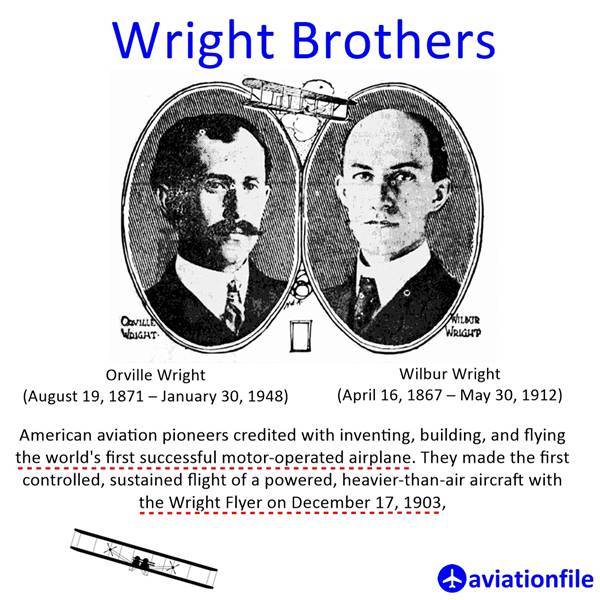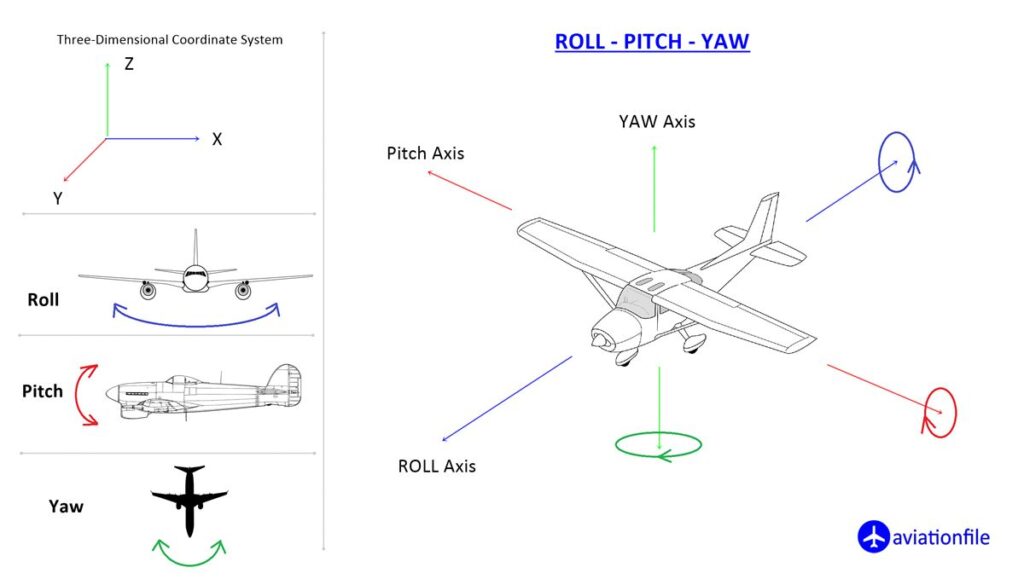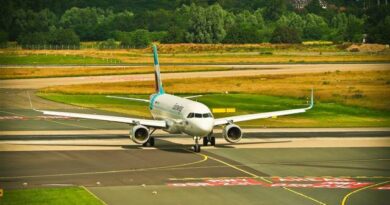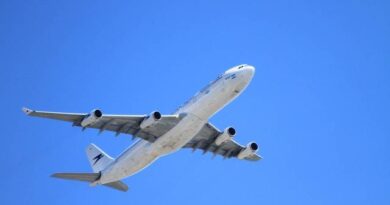The Wright Brothers and the Curiosity that Took Aviation to New Heights
Introduction The Wright brothers
Wright brothers, Orville and Wilbur Wright, are known as the pioneers of modern aviation. Their relentless curiosity and passion for flight led them to develop the world’s first successful powered aircraft. Their groundbreaking achievements not only transformed the way we travel but also sparked a revolution in aviation technology that continues to shape the world today.

The Early Years of Curiosity
From a young age, the Wright brothers were fascinated with anything that could fly. They were curious about birds, kites, and gliders, and spent countless hours experimenting and tinkering with different designs. Their curiosity was fueled by their determination to unlock the secrets of flight and make it accessible to humans.
The Quest for Answers
As the Wright brothers grew older, their curiosity turned into a serious pursuit of knowledge. They avidly read books and articles about the principles of flight and studied the works of aviation pioneers such as Octave Chanute and Otto Lilienthal. They wrote to experts in the field, seeking advice and guidance, and conducted their own experiments to test their hypotheses. Their insatiable curiosity drove them to constantly seek answers and learn from failures.
The Breakthrough: Wright Flyer
After years of research and experimentation, the Wright brothers finally made a major breakthrough in aviation. They developed a revolutionary aircraft, the Wright Flyer, which had a wingspan of 12.3 meters and was powered by a 12-horsepower engine. On December 17, 1903, Orville Wright made history by piloting the first powered flight for 12 seconds, covering a distance of 36.5 meters. This momentous event marked the birth of modern aviation and opened up new possibilities for human transportation.
The Impact on Aviation Technology
The Wright brothers’ curiosity and innovation had a profound impact on aviation technology. Their invention of the three-axis control system, which allowed the pilot to control the aircraft’s pitch, roll, and yaw, became a fundamental principle in aircraft design. They also developed lightweight yet sturdy materials for constructing aircraft, such as spruce wood and muslin fabric, which are still used in modern aircraft construction.

The Legacy of Curiosity
The Wright brothers’ unwavering curiosity and determination continue to inspire aviation enthusiasts and engineers today. Their pioneering work laid the foundation for the modern aviation industry, revolutionizing air travel and opening up new possibilities for transportation and exploration. The Wright brothers’ legacy serves as a testament to the power of curiosity and innovation in driving human progress.
References:
- Crouch, T. D. (2003). The Bishop’s Boys: A Life of Wilbur and Orville Wright. W. W. Norton & Company.
- Jakab, P. L. (2015). Visions of a Flying Machine: The Wright Brothers and the Process of Invention. Smithsonian Institution Scholarly Press.
- McCullough, D. (2015). The Wright Brothers. Simon & Schuster.
- https://www.wright-brothers.org/Information_Desk/Just_the_Facts/Airplanes/Wright_Airplanes.htm


